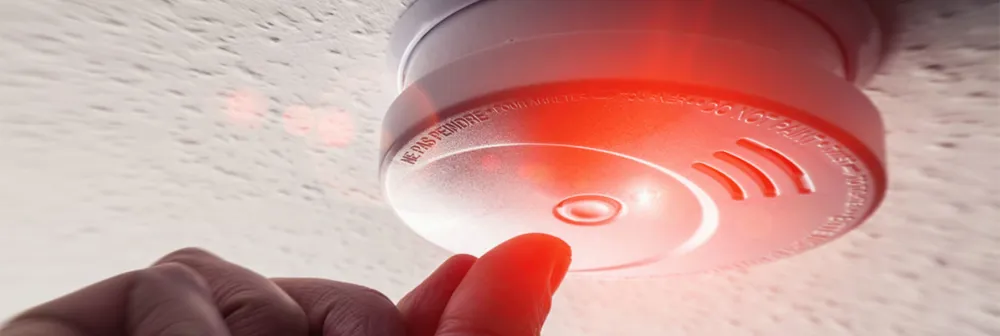Extending Consumer Tech to Save Lives
April 30, 2019


March/April 2019
More articles in this issue:
Imagine a firefighter in a burning apartment building. The room is dark and filled with smoke. Our first responder has a flashlight, goggles, radio and oxygen, but is unfamiliar with the layout of the room, not to mention the furniture. Some parts of the room could be dangerously hot or on fire. There are other first responders in adjacent rooms and floors. How could consumer technology help?
A government group is asking that question. The Public Safety Communications Research (PSCR) Division is part of the National Institute of Standards and Technology (NIST) in the Department of Commerce. PSCR works with academia and industry, funding new and better ways to solve problems facing our first responders.
Using PSCR’s vision, we can give firefighters better tools. First, provide a next-generation radio, one that uses modern mesh networking spectrum efficient technologies. But it’s inefficient to start from scratch on communications technologies. It’s more cost effective to add new features to an existing industry standard. The preferred path here is to enable an upgrade from current Land Mobile Radio to something with the power of LTE behind it.
It may seem odd to have an LTE radio for firefighters, since LTE is better known as the wireless network standard for voice and data on smartphones created by the industry’s collaboration project, 3GPP. But PSCR researchers can participate in the 3GPP standard development process — just as CTA standard participants are involved in CTA working groups — and get new features added to the standard.
PSCR researchers have been working to incorporate first responder needs, such as push-to-talk; getting a signal through to deep interior or basement rooms; or operating without a functional base station nearby. The 3GPP standard has been evolving as a result, with these additional capabilities entering the technology starting with the standard’s 12th iteration in 2015 and continuing through to today.
Tech Tools
Aside from the radio, we can do more for this scenario. Goggles are fine, but a full augmented reality (AR) heads-up display would be better. The room is dark, but let’s assume the local fire marshal mapped it out on a previous visit via a LiDAR-based backpack system that can be carried on annual fire safety inspections. We can use analytics to identify sprinkler heads or identify and geo-tag important elements. Infrared sensors can add heat signatures as an overlay on the AR display, and other technologies can help identify other first responders in adjacent rooms or floors. This data might be wrapped up for the AR display in something like Edgybees technology, which — according to their website — “fuses computer vision, multi-sensor data analytics and 3D video generation.”
As these technologies are brought together in applications, standards will enable expanding at scale. CTA recently launched the R12 Augmented Reality/Virtual Reality Committee, a group that has already kicked off work in common terms and definitions, and standardizing accessories.
Eventually such research topics are productized and often standardized. Industry standards are essential in communications systems, even more so for mission critical systems that must be deployed at scale.
Dereck Orr, the division chief of the Public Safety Communications Division at NIST's Communications Technology Laboratory, agrees. “On future features and applications, we know that we must get to a standardized approach, but we need technological solutions to these problems first. We need to see the technology that will meet public safety’s requirements, then we can coordinate on standardization.”
Join our community of innovators and shape the future of technology.



